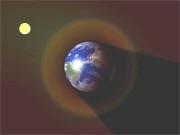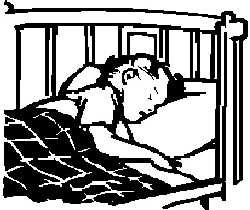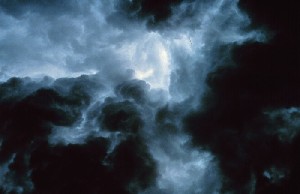 > English > Climate Encyclopaedia > Clouds and Particles > basics > 3. Sun and clouds > * Worksheet 3
> English > Climate Encyclopaedia > Clouds and Particles > basics > 3. Sun and clouds > * Worksheet 3
|
|
||
|
Clouds & ParticlesBasics |
|
1. The albedo of the EarthWhen sunlight strikes the Earth, how much of it is:
2. The Earth's radiation energy per second |
The average amount of radiation energy (mainly light) that strikes the Earth every second is: 1.7×1017 joules This corresponds to the amount of electrical energy consumed by Norway over 150 days or the amount of electricity consumed over the whole of Europe every week.
|
|
|
3. The Earth's night-time blanketHow do cloudy night-time skies resemble the blanket you put over you when you sleep?
|
4. Positive and negative feedback effects |
One of the effects clouds have on climate is a positive feedback loop:
Clouds also have an effect on climate which is a negative feedback loop. Describe this!
|
|
|



